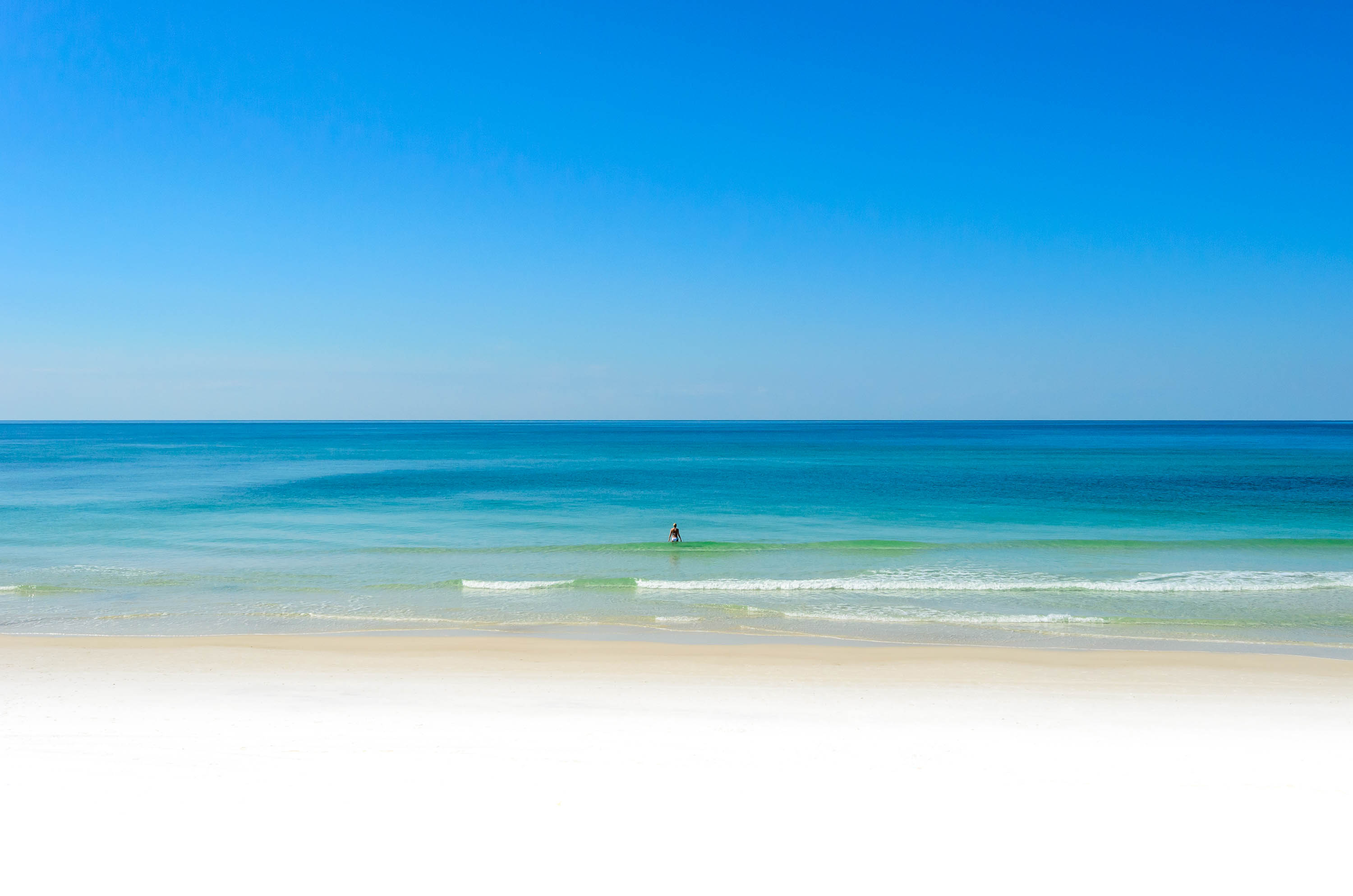Seawall folly ? They may protect property but will destroy beaches
by Rob Young, an associate professor of geology at Western Carolina University, specializing in coastal and environmental science and management. He wrote this commentary for the Orlando Sentinel.
Once again, poor management of Florida?s shorelines is allowing the destruction of public beaches for the sole benefit of a small number of oceanfront property owners.
In response to the storm impacts of the past two hurricane seasons, there has been a seawall-building frenzy across the state. Through emergency permit-granting authority, some counties have allowed almost unmanaged seawall construction. Walton County in the Panhandle alone has allowed the construction of more than 250 new seawalls.
Some of these walls are ?protecting? empty lots or property that is not imminently threatened by erosion. Some of them have been built so far out onto the beach that a significant portion of public beach access has been removed. Undoubtedly, there has been tremendous harm to sea turtle nesting. But for those of you who hold little sympathy for the fate of charismatic marine fauna, allow me to make the case that seawalls are a threat to the state?s beaches and economy as well.
Seawalls destroy beaches.
Property owners build seawalls in a desperate attempt to protect their investment. Much of the development along Florida?s shorelines was constructed far too close to the ocean. As coastal erosion brings the sea toward a beach house, it seems natural that one would want to build a wall to protect the house. But here is the problem: The wall does not stop the erosion. If you place a seawall between a beach house and the beach, the beach will continue to erode until it disappears in front of the wall. The wall may protect the property, but it will eliminate the public beach.
This reality is so well-established that six states have banned seawall construction altogether. Some of these states (North Carolina, Texas) are not exactly hotspots of environmental progressiveness. These states have banned future seawall construction because they know that protecting oceanfront property at the expense of the recreational, public beach is bad economics.
While oceanfront development is a powerful economic engine, it is still a small portion of the overall economy surrounding coastal tourism. The centerpiece of coastal tourism is the recreational beach. Eliminate the beach, and you will be left with the oceanfront property owners, and no other visitors.
Too often, local business interests sit by, idly allowing oceanfront property owners to take actions that will protect their own self-interests while harming the resource that everyone depends on: the beach.
More often than not, protecting oceanfront property and protecting the beach are incompatible goals. Some may argue that beach replenishment can be used to rebuild the beach in front of the seawalls. While this may be true, it is a bad option. Beach replenishment is costly, temporary, and sources of high-quality sand are vanishing. Furthermore, the burden of paying for beach replenishment is typically borne by all taxpayers, rather than those who have played a primary role in destroying the beach: oceanfront developers.
The best option is to eliminate the construction of beachdestroying seawalls. All walls built through county-authorized emergency permits are supposed to be temporary. The property owner is required to get ultimate approval from the Florida Department of Environmental Protection to make the wall permanent. DEP should reject the vast majority of these ill-advised permits and require removal of the seawalls.
Unfortunately, this is wishful thinking. Florida coastal management is driven by a bruteforce mentality that asserts that people can engineer their way out of any environmental problem. Many coastal engineering firms do not mind seawalls, because if the wall destroys the beach, then some engineer will have to design a new beach. It is all incredibly profitable, and taxpayers foot the bill.
Anyone who benefits from coastal tourism should be demanding the removal of these ?temporary? walls. In addition, we should all be demanding that the counties and the state do a better job of protecting Florida?s most important economic resource: its beautiful beaches. After all, the beaches belong to all Floridians, not just the oceanfront property owners. We should be urging coastal managers to protect the beach, not the beach house.
 Just saw it again when I got to this thread and quacked me up!
Just saw it again when I got to this thread and quacked me up!
 Just saw it again when I got to this thread and quacked me up!
Just saw it again when I got to this thread and quacked me up!